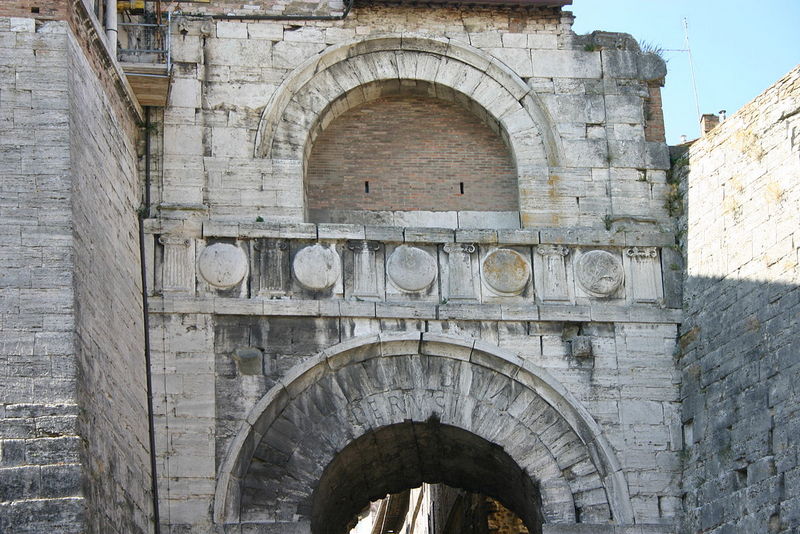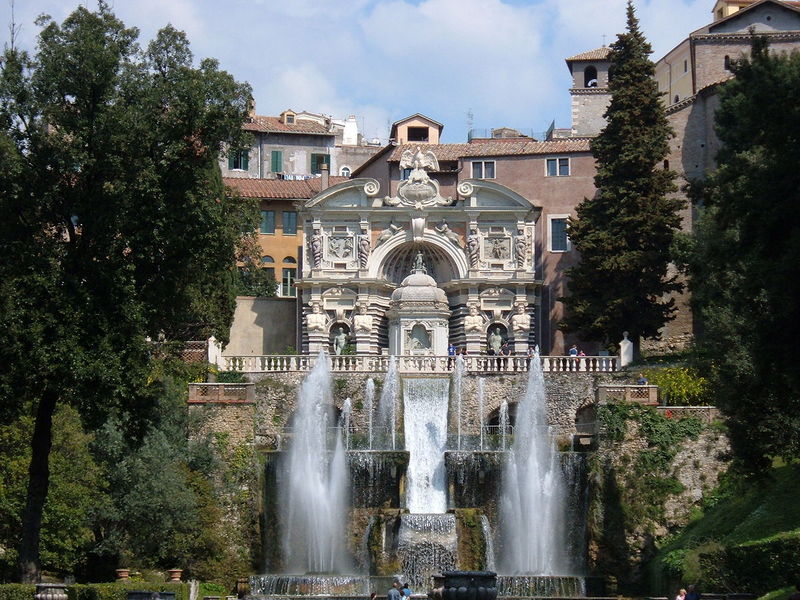Italian General Knowledge Quiz – Answers Posted by Serena on Aug 29, 2016 in Uncategorized
How’s your Italian general knowledge? The comments section of last week’s Italian General Knowledge Quiz was suspiciously empty! Let’s have a look at the answers shall we?
Names
1. Arnaldo Pomodoro was initially trained as a quantity surveyor, but soon became interested in sculpture and set design. His background studies, however, are reflected in his work, which mainly consists of massive geometrical shapes, notably spheres, discs, cubes and pyramids.
2. Antonio Vivaldi (1678-1741) was ordained as a priest in 1703. He was known as Il Prete Rosso (the Red Priest), due to the colour of his hair.
3. According to popular tradition, the Pizza Margherita was created by the chef Raffaele Esposito in honour of Queen Margherita di Savoia’s visit to Naples in 1889. It’s made with tomatoes, mozzarella and basil to represent the three colours of the Italian flag (red, white and green).
4. We asked you for at least five Italian female names that come from plants. Here’s a selection to choose from: Erica (Heather), Margherita (Daisy), Rosa (Rose), Viola or Violetta (Violet), Giacinta (Hyacinth), Gelsomina (Jasmine), Fiordaliso (Cornflower), Iris (Iris), Dalia (Dahlia), Ortensia (Hydrangea), Gigliola (Lily), and of course Flora. N.B. Liliana doesn’t come from the Latin flower name Lilium, but from Elisabetta.
5. Here are five popular Italian male names that end with ‘a‘: Andrea, Luca, Nicola, Mattia and Elia.
6. Alessandro Volta (Como, 1745-1827), in 1799 invented the Voltaic pile, prototype of the electrical battery. In Italian, batteries are also called pile (singular: la pila).
History
7. Il Trattato di Roma (Treaty of Rome) was signed in 1957 by Italy, France, Germany, Belgium, The Netherlands and Luxembourg establishing the EEC (European Economic Community), precursor of the European Union. The formation of the EEC was the first step toward the common market and had two main goals: firstly, to unify trade, industry and manufacturing throughout Europe; secondly, to take a step closer to a unified Europe, thereby preventing future human rights atrocities such as those committed during World War II.

Arco Etrusco a Perugia
8. The Romans learned from the Etruscans how to construct arches to make large openings in walls. You can find examples of early Etruscan arches in towns such as Perugia.
9. On the night of the 6th of May 1860 Giuseppe Garibaldi, with I Mille (The Thousand), set off from Quarto near Genova. They landed in Marsala on the western coast of Sicily five days later.
10. La Colonna Traiana is a Roman triumphal column which commemorates Roman emperor Trajan’s victory against the Dacians. Completed in AD 113, its spiral bas relief describes the two epic wars between the Romans and Dacians (101–102 and 105–106).
11. The name Napoli comes from the Greek nea (new) and polis (city).
Geography
12. Il fiume Po is the longest river in Italy at 652 km.
13. Monte Bianco is the highest mountain in Italy at 4,808 metres
14. Gli Appennini is the name of the mountain range which run through the centre of the Italian peninsula from Liguria to Calabria for a total of 1,200 km.
15. Most Italian rice is cultivated in the Pianura Padana, especially in Piemonte and Lombardia.
Art
16. Il Cenacolo di Leonardo Da Vinci is located in the refectory of the convent of Santa Maria delle Grazie in Milano

Villa d’Este a Tivoli
17. Villa d’Este in Tivoli inspired Liszt’s “Giochi d’acqa a Villa d’Este“
18. Ravenna was the capital city of the western Roman Empire from 402 to 476, it is famous for its Byzantine mosaics.
19. Giotto di Bondone, known simply as Giotto (1266-1337). The fresco shown in last week’s quiz is the Nativity, from la Cappella degli Scrovegni in Padova (1305).
Now, I bet you knew them all, vero?

Build vocabulary, practice pronunciation, and more with Transparent Language Online. Available anytime, anywhere, on any device.




Comments:
Barbara:
Grazie moltissimo per quest’informazione.
E’ molto interessante.
Barbara, da Mercer Island, Washington, USA
Vasko Kotevski:
sono tanto felice che avevo oportunita leggere tutte cose nel articolo